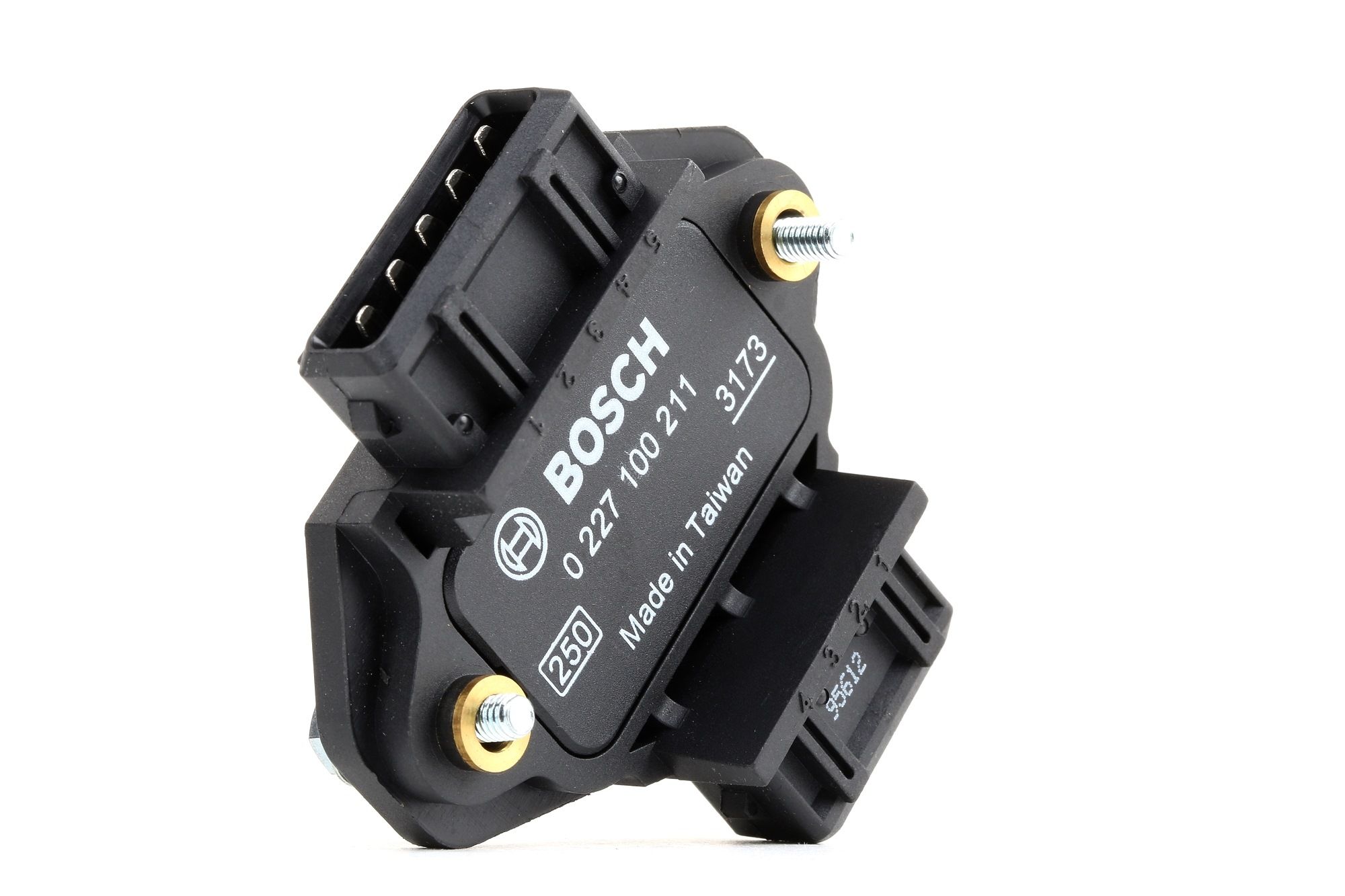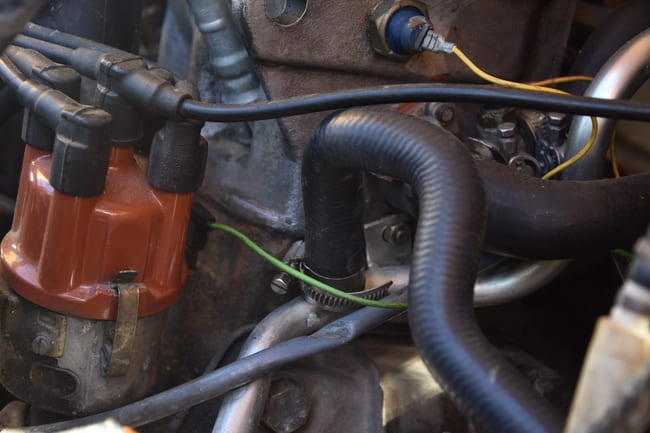Table of Contents
Ignition module: failure symptoms, problems, and testing
It’s safe to say that your car’s engine wouldn’t get you very far if it weren’t able to ignite fuel. The ignition system has the critical job of producing a spark that is strong enough to ignite the air-fuel mixture inside the combustion chambers and thereby generate the energy needed to power your car. With the development of the electronic ignition system came greater reliability, improved fuel efficiency and reduced emissions. Thanks to the introduction of the electronic car ignition module, modern systems can handle much higher voltages and create a hotter spark using fewer components than before.
How does the ignition control module work? And what exactly does it do?
For a better idea of the car ignition module, we need a basic understanding of the other components of this system, starting with the ignition coils and the spark plugs. The ignition coils are one of the most essential components as they transform the low voltage from the car battery into a high voltage using a magnetic field. This is then transferred to the spark plugs, where the electrical current jumps the gap between the plugs’ electrodes creating a powerful spark.
Sold by AUTODOC Sold by AUTODOC Sold by AUTODOC Sold by AUTODOC Sold by AUTODOC  BOSCH Ignition module
BOSCH Ignition module
 BOSCH Ignition module
BOSCH Ignition module

 TOPRAN Ignition module
without ignition coil
TOPRAN Ignition module
without ignition coil
 HITACHI Ignition module
HITACHI Ignition module
The control module ensures that the ignition coil converts the voltage at exactly the right time and at a certain frequency to initiate spark formation. It also controls the amount of energy generated. It does so by opening and closing a ground circuit to the primary winding in the coil, controlling the flow of electric current. Inside the component is the transistor which acts as the switch for the circuit. Ignition coils typically have two windings: the primary winding and the secondary winding. When the ignition module supplies the primary winding with the 12V battery voltage, the current flows through the coil creating a magnetic field, surrounding the wire windings. When it switches off the current, this magnetic field collapses and induces a voltage in both of the wires. The secondary coil winding has more windings than the primary one, allowing it to generate a much higher voltage.

Common ignition module problems
Although this device usually features a cooling plate or heat protection, it can still be vulnerable to thermal damage and fail as a result. When it fails completely, your engine will likely not start. In some cases you’ll find that the module works fine while temperatures are low but the engine dies when it starts to get hot. This can cause problems with the diagnosis. Repairs are necessary to avoid accidents and major damages. Keep reading to learn more about how to detect ignition module problems.
Symptoms of a bad ignition control module:
- Issues with overheating
- Check engine light
- A rough engine
- Power and acceleration issues
- Stalling and starting difficulties
Products you may be interested in: car ignition coil packs
How to test an electronic ignition module
You may be able to test whether the ICM is functioning properly using simple tools such as a multimeter. Be very careful when handling electrical ignition components.
- First you will need to test whether the car spark plugs are sparking. The easiest way to do this is using a spark plug tester. Following the product instructions, connect the tester to the spark plug ignition wire and plug. Once it is set up properly, turn on the ignition. You can get an assistant to start the engine or just turn it over if it won’t start and observe the plug through the transparent sides of the tester. If you can’t see a visible spark or glow, the ignition isn’t working as it should be.
- You may also want to check the voltage of the coils. You can do this by connecting a multimeter’s red lead to the positive terminal of the coil and attaching the black lead to the battery. Switch on the ignition to the run position and check the voltage readings. If there is no voltage, there could be an issue with the wire, circuit or module.
- Lastly, you’ll need to locate the ICM to see whether it is sending out a voltage. You can test the current using a multimeter. To ground the device, attach the multimeter’s black cable to the metal frame of the vehicle. Ask your assistant to crank the engine and then you can use the red probe to check the current at the control module’s terminals. If you don’t get a reading, you will need to install a new one.
Finding a suitable ICM is simple when you shop online. Simply select the vehicle, e.g. ignition control module for Audi A6, and “ignition control module” using online catalogue. Alternatively, you can search using the vehicle’s unique identification number.
Top products related to this topic:















